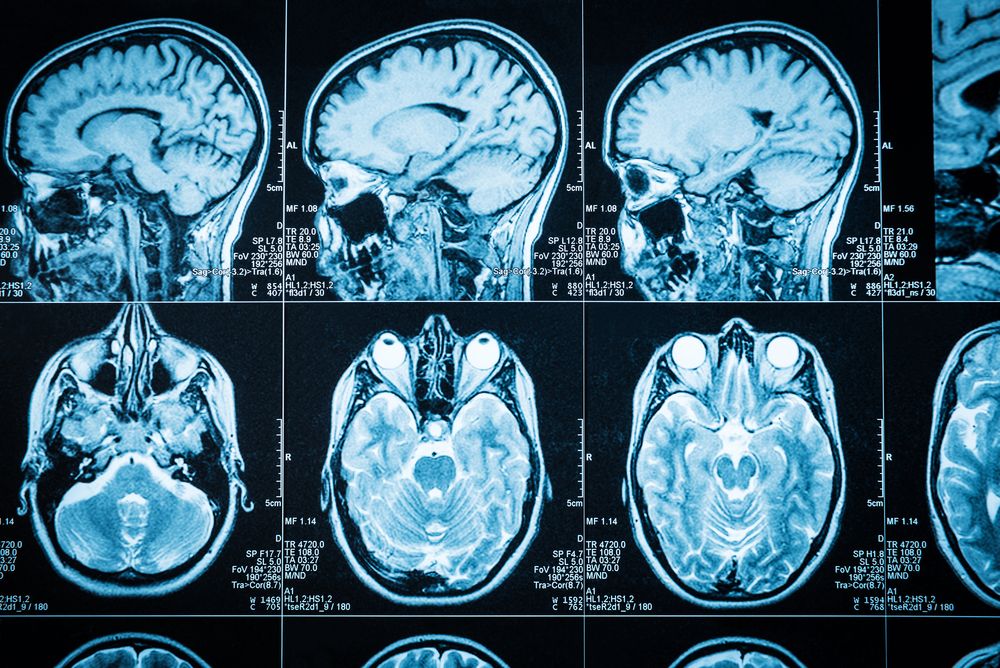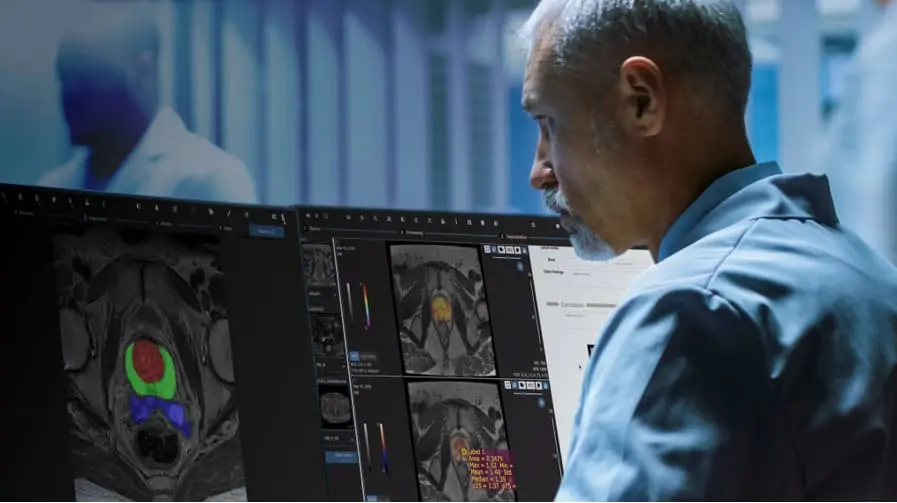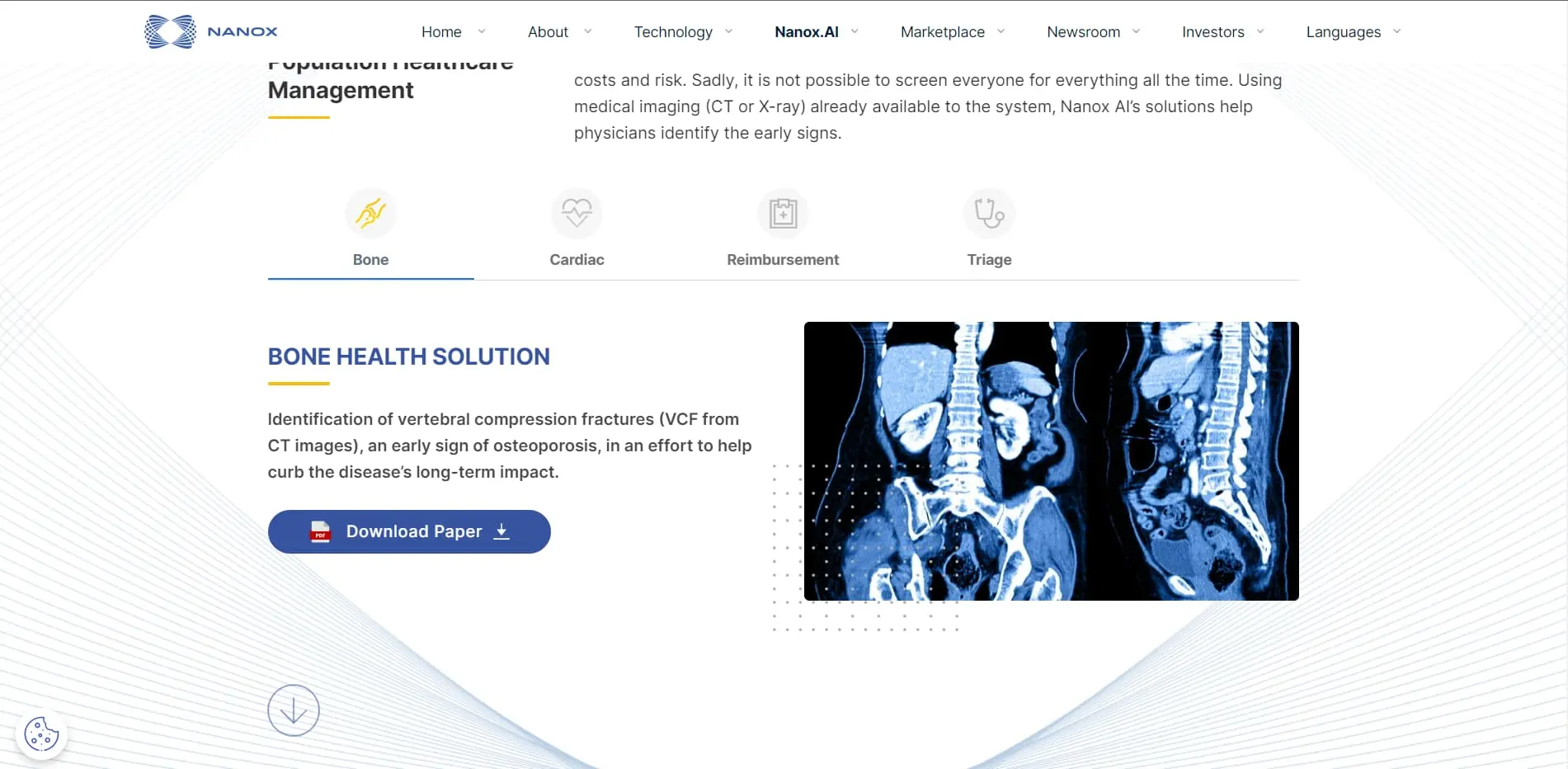This Startup's Using AI To Make Medical Diagnosis Low Cost

Table of Contents
Introduction
The problem that Nanox aims to solve is the lack of accessibility to medical imaging services, particularly in developing countries and rural areas where healthcare infrastructure is lacking.
The current medical imaging technology is expensive, bulky, and requires specialized facilities, making it inaccessible to many people who need it.
Moreover, the current technology also has limitations regarding the quality and speed of medical imaging services, leading to longer patient wait times and missed diagnoses for doctors.
This can result in delayed treatments, increased costs, and ultimately poorer patient health outcomes.

Figure: Medical Imaging Technology Using Manual Intervention
The global medical imaging market is a massive industry, valued at approximately $23 billion in 2020 and expected to grow to $33 billion by 2027.
However, the traditional medical imaging process is often slow, expensive, and inaccessible in certain parts of the world, resulting in many patients going undiagnosed or receiving inadequate treatment.
This is particularly true in low-resource settings, where imaging technology is often outdated or non-existent, and medical professionals may not have the expertise to interpret results.
Fortunately, computer vision technology has advanced significantly in recent years, making it possible to revolutionize medical imaging.
Using machine learning algorithms and deep learning techniques, medical images can be analyzed quickly and accurately, leading to more precise diagnoses and improved patient outcomes.
Nanox, a medical imaging company, has developed an AI-powered solution to address the challenges of traditional medical imaging.
Nanox's technology utilizes a novel digital X-ray source that is portable and affordable, making it accessible to a wider range of healthcare providers.

Figure: Nanox AI-based solution for Medical Imaging
The technology uses cloud-based algorithms to analyze medical images, providing accurate and timely diagnoses to healthcare providers.
Nanox's solution has the potential to save significant amounts of time and money for healthcare providers, as well as reduce the number of false-positive diagnoses.
The technology has the potential to democratize medical imaging and improve access to healthcare in developing countries.
Role of Computer Vision
The role of computer vision in revolutionizing medical imaging is significant, as it can potentially improve the accuracy and efficiency of medical diagnoses and treatments.
Computer vision algorithms can analyze medical images, such as X-rays, CT scans, and MRIs, and provide insights into diseases and conditions that may be difficult to detect with the naked eye.
One of the key benefits of computer vision in medical imaging is the ability to automate image analysis, which can save time and reduce errors.
For example, computer vision algorithms can detect and track changes in tumor growth over time, which can help doctors make more informed decisions about treatment options.
Computer vision can also improve the quality of medical imaging, such as by reducing noise or improving contrast. This can make it easier for doctors to identify and diagnose diseases and conditions.
Another benefit of computer vision in medical imaging is the ability to analyze large datasets. Medical images can generate large amounts of data, and computer vision algorithms can help to process and analyze this data more efficiently.
This can lead to improved insights and faster diagnoses.
In addition, computer vision can help to identify patterns and trends in medical imaging data that may not be immediately visible to the human eye.
For example, computer vision algorithms can identify subtle changes in tissue density that may indicate a disease or condition.
Nanox is one such company that leverages computer vision for efficient medical imaging solutions.
About Nanox
Nanox is a medical imaging technology company developing a novel X-ray system to make medical imaging more accessible and affordable.
The company's technology uses a combination of hardware and software to create low-cost, high-quality medical images that can be accessed remotely via a cloud-based platform.
Nanox's system consists of a compact, portable X-ray scanner that can be deployed in various settings, including hospitals, clinics, and mobile units.
The scanner is connected to a cloud-based platform that uses artificial intelligence and machine learning algorithms to analyze and interpret the images in real-time.
One of the key advantages of Nanox's system is its cost-effectiveness. Traditional X-ray systems can be expensive to purchase and maintain, making them difficult to deploy in many settings.
Nanox's system, on the other hand, is designed to be low-cost and easy to use, making it accessible to a wider range of healthcare providers.
Another advantage of Nanox's system is its potential to improve access to medical imaging in underserved areas.
The system's portability and ease of use make it well-suited for deployment in remote or rural areas, where access to medical imaging may be limited.
How Nanox Utilizes Computer Vision
The role of computer vision in Nanox's AI-powered medical imaging platform is significant, as it enables the system to analyze and interpret medical images more accurately and efficiently.
The platform uses a combination of hardware and software, including X-ray scanners and cloud-based machine learning algorithms, to create high-quality medical images that can be accessed remotely.
Computer vision algorithms analyze the medical images generated by Nanox's X-ray scanners. These algorithms can identify and highlight areas of interest in the images, such as tumors or other abnormalities, and provide insights into the potential diagnoses or conditions that may be present.
In addition, computer vision algorithms can be used to improve the quality of the medical images themselves.
For example, they can be used to reduce noise or improve contrast, making it easier for doctors to identify and diagnose diseases and conditions.
Nanox's platform also uses machine learning algorithms to analyze large datasets of medical images, which can help to identify patterns and trends that may not be immediately visible to the human eye.
This can lead to faster and more accurate diagnoses and the identification of potential new treatments or therapies.
Conclusion
In conclusion, traditional medical imaging is often slow, expensive, and inaccessible in certain parts of the world, leading to missed diagnoses and inadequate treatment for many patients.
However, with the advancement of computer vision technology, medical imaging can be revolutionized, leading to more precise diagnoses and improved patient outcomes.
The role of computer vision in revolutionizing medical imaging is significant, as it can potentially improve the accuracy and efficiency of medical diagnoses and treatments by automating image analysis, improving image quality, analyzing large datasets, and identifying patterns and trends that may not be visible to the human eye.
Nanox, a medical imaging company, has developed an AI-powered solution that utilizes a portable and affordable digital X-ray source and cloud-based algorithms to analyze medical images.
Nanox leverages computer vision for efficient medical imaging solutions that use a combination of hardware and software to create low-cost, high-quality medical images that can be accessed remotely via a cloud-based platform.
Using computer vision algorithms in Nanox's AI-powered medical imaging platform enables the system to analyze and interpret medical images more accurately and efficiently, leading to faster diagnoses and identifying potential new treatments or therapies.
Overall, the utilization of computer vision in medical imaging has the potential to improve healthcare outcomes and accessibility for patients worldwide significantly.

Simplify Your Data Annotation Workflow With Proven Strategies
.png)


